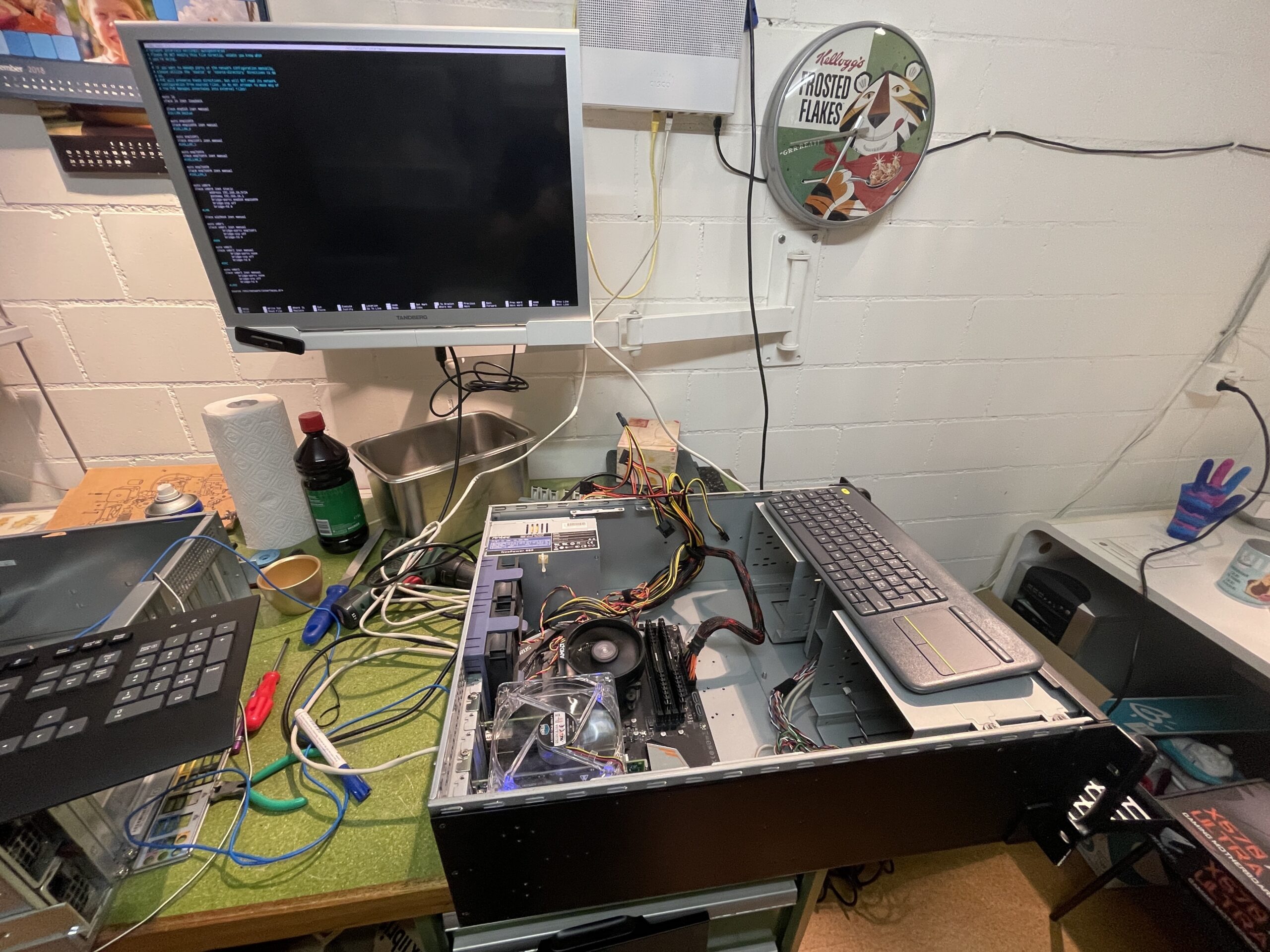The Odyssey of Server Adventures
Back in June, I excitedly shared an update about a new server I had acquired: the MS-01 from Minisforum. Brimming with enthusiasm, I set out to deploy services on this fresh piece of hardware. The migration began smoothly—Internet access, Docker containers, and other services transitioned seamlessly. But just a few days later, disaster struck: the server froze without warning.
No reboot, no console errors, no logs—just a complete system freeze. Naturally, these incidents occurred at the worst possible times: during the night or when I was away. Emails stopped flowing, the home network went dark, and frustration mounted.
At first, I chalked it up to a fluke. Then it happened again. And again. To make matters worse, one day, in the chaos of troubleshooting, I forgot to re-enable the iptables firewall. Predictably, the server got hacked, forcing a complete rebuild. My confidence in the MS-01 eroded.
The Firewall Plan
The hacking incident was the final straw—I decided a dedicated firewall was essential. I repurposed an old Intel NUC to serve as the firewall, initially attempting to run OPNsense on it. Unfortunately, the Realtek USB Ethernet adapters proved incompatible. Enter Proxmox: by running Debian on the NUC and hosting OPNsense as a VM, I achieved a stable and effective firewall solution.
With the firewall in place and services shifted back to the NUC, I approached Minisforum for support. A replacement MS-01 arrived weeks later, but this time I was determined to avoid past mistakes.
Testing the New MS-01
I adopted a cautious approach. Instead of migrating everything at once, I deployed the new MS-01 incrementally. Internet access remained on the NUC, while the MS-01 hosted only Proxmox and a test VM running Ubuntu desktop with load-testing tools. For the first week, everything looked promising.
Gradually, I began migrating VMs and containers. All seemed stable for two weeks. Then, one morning, the familiar horror returned: no access to my mail server. Heading to the basement, I found the server completely unresponsive—no console output, no signs of life.
The second MS-01 had failed.
The Final Solution
Frustrated but determined, I decided to rely on proven hardware. I retrieved my old server, removed the motherboard, and installed it in a smaller case. After transferring the SSDs and powering it up, the system sprang to life. Proxmox recognized the disks, and services were restored.
I took it a step further, installing two dual 10G Ethernet cards, transforming the server into a high-performance router. With a few tweaks to Proxmox’s network configuration, everything was back online.
The only compromise was memory: the older server had 32GB of RAM, far less than the MS-01. To adapt, I optimized the memory allocation for my VMs. Over Christmas, the setup ran flawlessly. Encouraged, I added 64GB of memory, bringing the system up to speed.
Lessons Learned
This journey reinforced a few key lessons:
- Test new hardware thoroughly before full deployment.
- Always have a robust firewall in place to shield against mistakes or breaches.
- Reliable hardware often outperforms cutting-edge solutions.
Now, all my VMs are comfortably hosted on the revitalized server. It’s been running solidly for weeks, and I’m optimistic it will hold up for years to come. Fingers crossed!






